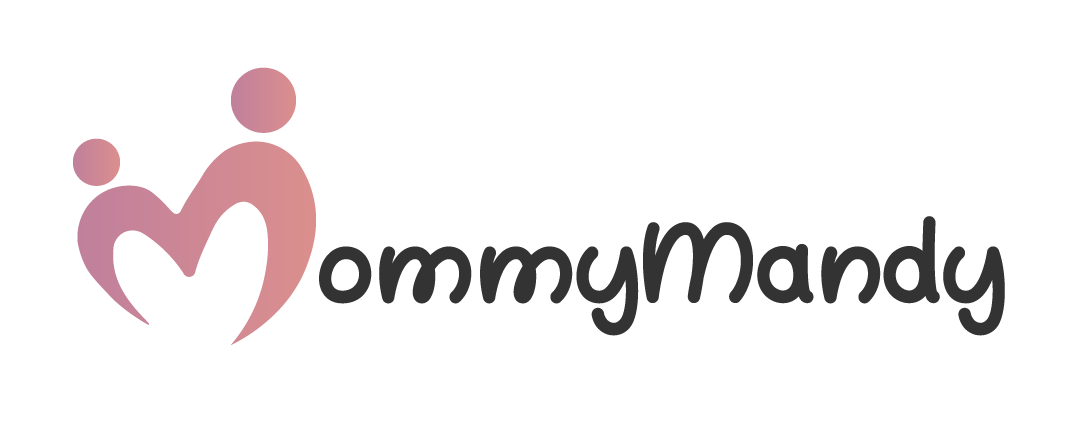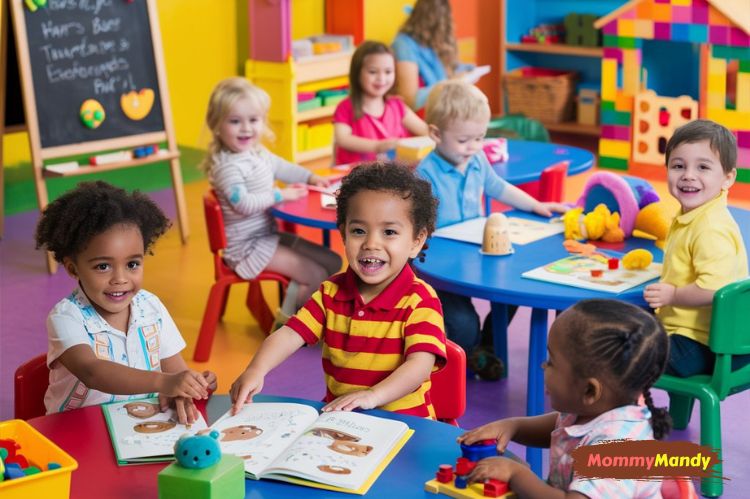Many parents see playing and learning as fundamental opposites and assume that the former can only be enjoyed after finishing the latter. But this is often a faulty way to look at it since playing is often one of the best ways for children to learn more about themselves and the rest of the world. When playing, children get the chance to relate to their surroundings in a way that makes sense to them and learn new things at their own pace.
Playing improves their confidence, as well as their cognitive, emotional, and social well-being. Moreover, by associating learning with positive experiences from the time they are young, you could ensure that they don’t shun schoolwork later on and don’t experience stress or anxiety regarding their time in school.
Reading
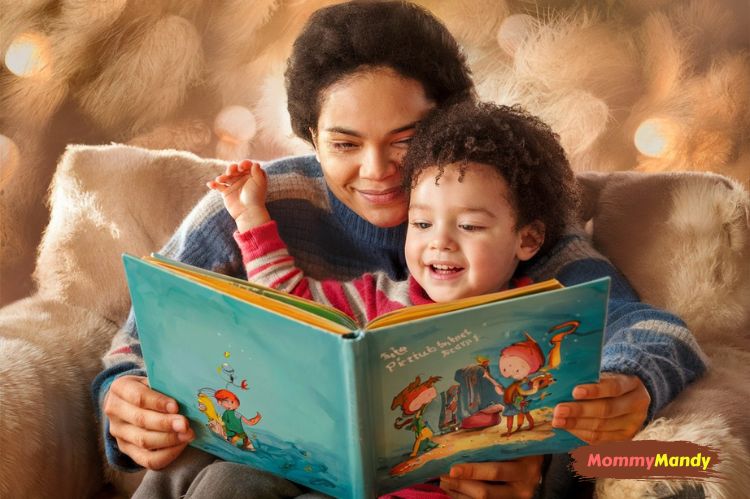
Reading might seem unnecessary to some when the child is very young, but the truth is that it can actually help quite a lot with cognitive and vocabulary development. Children between the ages of two and seven have an incredibly acute capacity for learning, and their brains are able to retain information incredibly fast. This ability often decreases as they become older, so you shouldn’t let it be wasted during their formative years.
When you’re choosing the best books for them, make sure to get something they’ll find both engaging and relatable. Focusing on a classic character such as Miffy and following all her adventures can also create a sense of excitement as your child will be eager to learn more about what happens to the character and, therefore, ask for more reading. The older children might also want to be involved in the reading process, and some might even become self-taught readers.
For the younger children, make sure to read slowly so that they can follow the story. Reading expressively could also help, and you will achieve this by raising or lowering your voice appropriately, depending on the characters. This will keep them engaged and grab their attention so that they’re focused and don’t drift away.
Counting
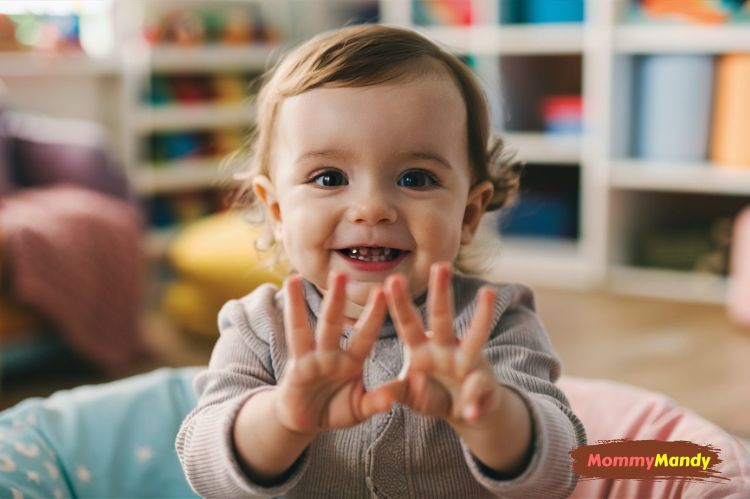
Maths is a much-dreaded subject in school, and many students end up struggling with it later. Many don’t manage to keep up and fall behind, meaning that mathematics seems absolutely impossible after a time. In the case of toddlers, the slow and steady approach will naturally yield the best result, but make sure to incorporate the real world into the learning experience as well.
After learning to recite the numbers from one to ten, you can teach them to count by using everyday items. This can be easily integrated throughout the entire day, such as by counting buttons when getting a shirt on, when preparing or eating meals, and when shopping for groceries.
Using the fingers when counting can be helpful in the beginning, but make sure they don’t become over-reliant on this trick, or it can become challenging for them when they have to count to higher numbers. Small calculations can help as well.
For instance, when you’re shopping, you can create simple math games such as “If I have three tomatoes, how many more do I need to have four?” Having these interactions when your children are young can change their perspective on mathematics later in life so that they don’t end up dreading it in a few years.
On https://miffytown.com/, you can find a range of different items that can assist your child with learning, such as puzzles, hide-and-seek, pull toys, and zoo blocks. At Miffy Green, you can also get everything you need to get kids into gardening and planting flowers so that they see the importance and fun of playing outdoors as well.
The colors
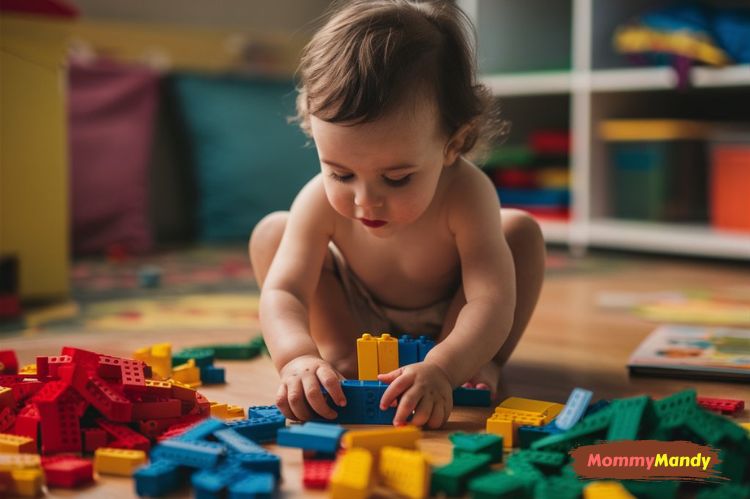
Learning to compare and contrast different objects is crucial to your child’s learning abilities. It will improve their general life skills, enable them to improve their vocabulary, and allow them to learn how to describe things as a whole, something that will come in handy in their lives.
Improving this ability will also allow them to become more attentive to details and have the capacity to retain new information rapidly and accurately at the same time. Starting with everyday objects will help tremendously in this case as well.
Ask them to separate their stuffed animals and toys by type or color by making a pile for the teddy bears, one for the cars, one for the dolls, one for pink, one for blue, and so on. You’ll see that once they become invested in the activity, they’ll feel proud about their progress and want to keep going.
This way, your toddler can learn how to categorize objects depending on their similar and separate features. You can ask them to separate the spoons from the rest of the cutlery or your socks from theirs after you’ve finished doing laundry. Ask them to identify the differences between the piles, such as which one has more items and which has fewer.
Shapes
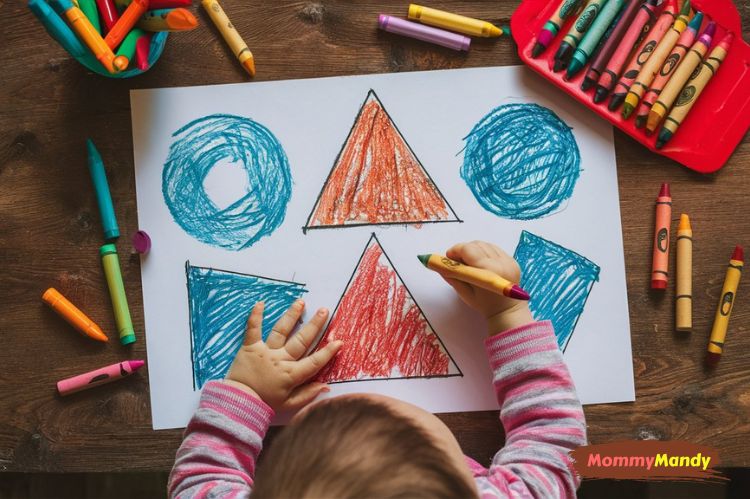
Separating based on colors will get your children familiar with all the different shades and hues, but learning about the various shapes is crucial as well. Apart from learning about them from different books, your child can make their own collection of different shapes simply by drawing them. Rectangular bricks or cupboards, square windows, round car tires, and so on.
You can even take pictures of things you see on your walks on a daily basis and then use them as learning material when you return home to guarantee that the information has actually stuck with them.
Get as many examples as possible so your child won’t become confused and mistake one shape for another. If your child enjoys spending time with you in the kitchen while you’re cooking or preparing meals, you can also come up with foods in different shapes. Not all cookies have to be round; sandwiches can be star-shaped, and pancakes can be made into various shapes resembling animals or your child’s favorite characters.
Education is a constant thing, and the learning process takes place gradually. To make sure your child gets as much information from it as possible, be sure to make learning part of daily life and join them in their journey of discovering the world.
Read Next: Why is My Toddler Want to Sleep on the Floor? Pros and Cons
Introducing Valeria Trevor, your trusted companion in the journey of parenthood. Dive into Valeria’s expert insights on all things baby, living, pregnancy, and toddlers, guiding you through the precious moments and challenges of early childhood development.
